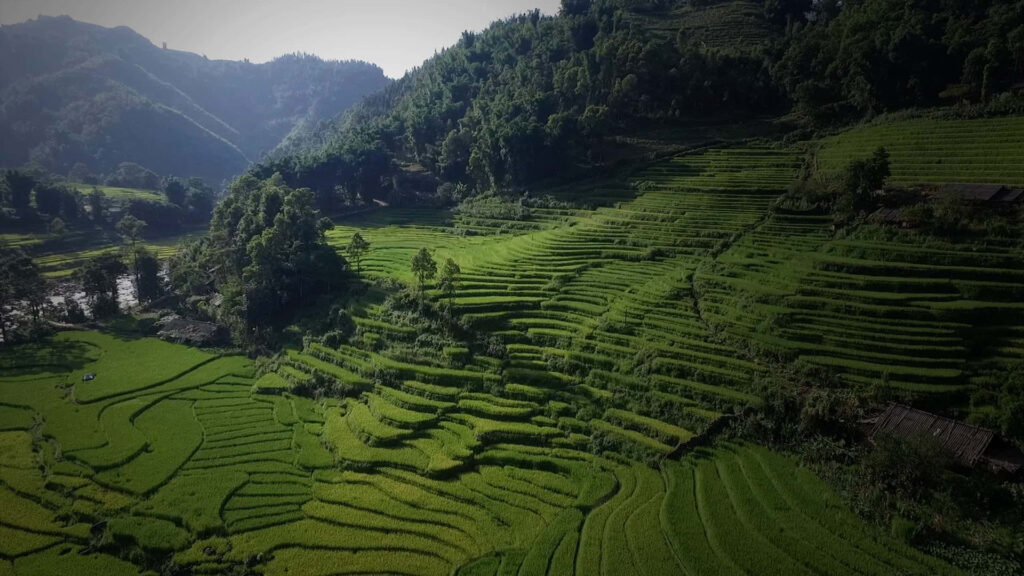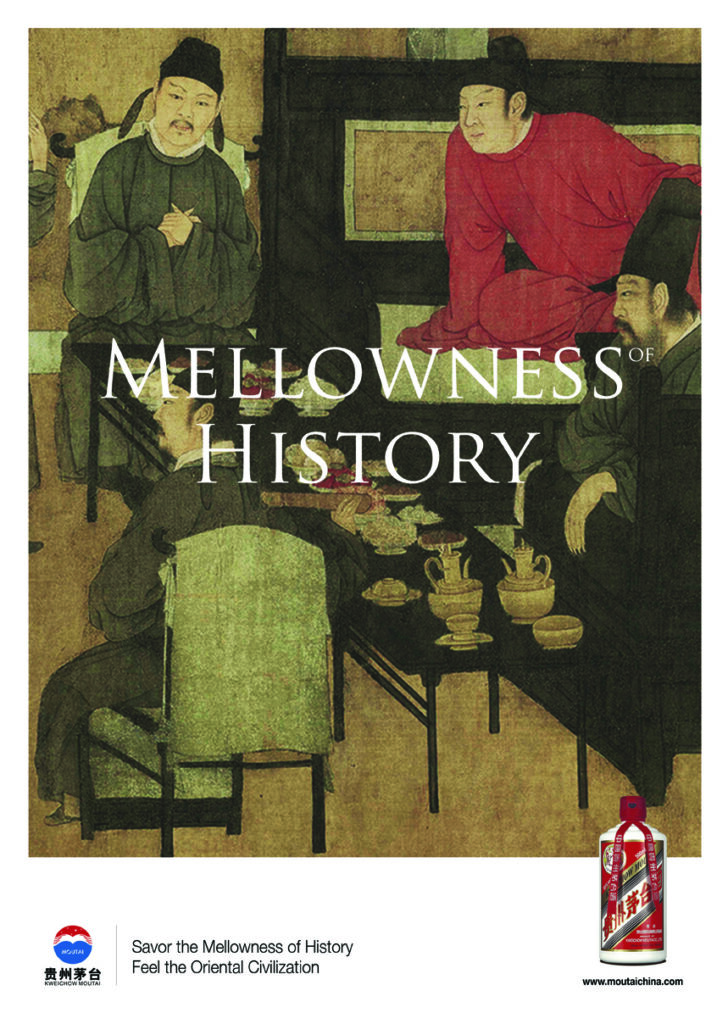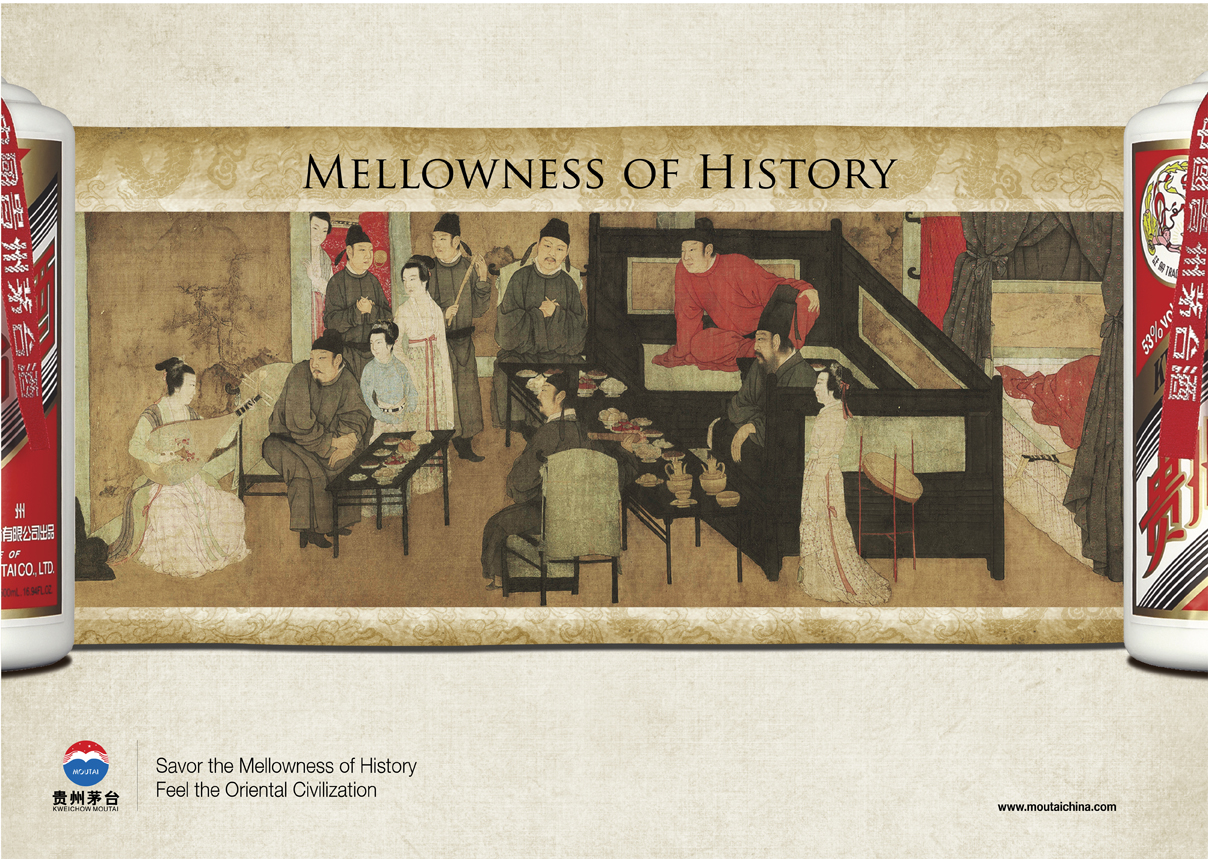The history of Moutai, or Kweichow Moutai as it is officially known, is a fascinating journey through Chinese culture and history, stretching back over 2000 years.
“In crafting Moutai, we have woven the rich tapestry of China’s history into each drop, distilling not just liquor, but the spirit of our enduring heritage.”
Moutai
This traditional Chinese liquor’s story is intertwined with the nation’s historical evolution, cultural practices, and even its political landscape.
Ancient Origins and Evolution
Moutai’s origins date back to ancient China, more than 2000 years ago. However, its significant evolution began during the Qing Dynasty (1644-1912). During this period, Chinese distillers developed advanced techniques, refining and defining what Moutai would become.
These innovations were not just about the distillation process but also about understanding and leveraging the unique geographical and climatic conditions of the Guizhou Province.
The Rise of Maotai in Modern Times
The turning point in Moutai’s history came with the intervention of the Communist government. In a move to consolidate the industry and standardize production, the government merged numerous local distilleries into one state-owned entity: Kweichow Moutai. This action marked the beginning of Moutai as a nationally recognized brand and facilitated its large-scale production.
Geographic and Environmental Significance
Moutai Town, where this spirit is produced, plays a crucial role in its unique flavor profile. Located on the east bank of the Chishui River, the town benefits from a distinctive micro-climate and the purity of the Chishui water, which are critical to the production process.

The geographical location, at an elevation between 420 and 550 meters, contributes to its distinct and multi-dimensional flavor.
International Recognition and Cultural Significance
Moutai’s international acclaim was firmly established when it won a gold prize at the Panama-Pacific Exposition in San Francisco in 1915. This recognition placed it alongside the world’s top distilled liquors like Cognac from France and Whisky from the Scottish Highlands. Unique in its use of distilling yeast during its distillation process (done seven times) and the use of solid grain material in fermentation, Moutai stands out in the world of premium spirits.
This premium spirit, renowned as China’s most celebrated and historic liquor, is a must-try for those seeking an exceptional life experience. Relish and appreciate the unique taste of this extraordinary beverage!
Moutai
Unique in its use of distilling yeast during its distillation process (done seven times) and the use of solid grain material in fermentation, Moutai stands out in the world of premium spirits.
In 1951, two years after the founding of the People’s Republic of China, Moutai was officially recognized as China’s superior liquor. This accolade underscored its importance not just as a beverage but as a symbol of Chinese culture and pride. Today, it is an emblematic gift in diplomatic circles and is used in official ceremonies involving foreign dignitaries.

Today, it is an emblematic gift in diplomatic circles and is used in official ceremonies involving foreign dignitaries.
Moutai in Contemporary Culture
Moutai has transcended its role as just a beverage to become a cultural icon. It embodies the rich history and the evolving story of China itself. For connoisseurs and those seeking an extraordinary experience, tasting Moutai is more than enjoying a premium spirit; it’s about connecting with a vital part of Chinese heritage and history.
In conclusion, Moutai’s journey from an ancient local liquor to an internationally acclaimed spirit mirrors China’s own journey on the global stage. It’s a story of cultural evolution, technological innovation, and national pride, making Moutai not just a drink, but a significant part of China’s historical tapestry.


